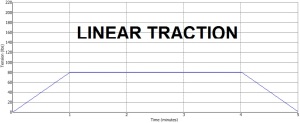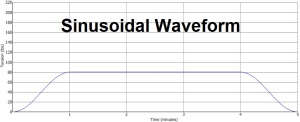By Steve Small
Typically, before a salesperson talks about price, they want to tell you all about the features and benefits.
I tend to want to do this (!) because many people focus on cost before they understand who we are helping with spinal decompression, what can be achieved and the ROI.
eg If someone says something costs £100,000, that is a lot of money. But if you can make £500,000 from that investment, then is it?
But in the case of spinal decompression, we don’t tend to publish a price because there are variations around the world due to local taxation, currency, logistics, cost structures and support considerations.
So the answer does vary.
That said, I can give you some figures so that you have an idea of how much a spinal decompression machine costs.
And if you want the price for your country, just email me stephen.small at steadfastclinics.co.uk
I am also going to put a link below to a revenue calculator that you can have a play with.
PRICES
I’ll do this in four sections and UK, USA, Europe and International.
Just to state, this is for the Accu SPINA which delivers the industry-leading IDD Therapy spinal decompression.
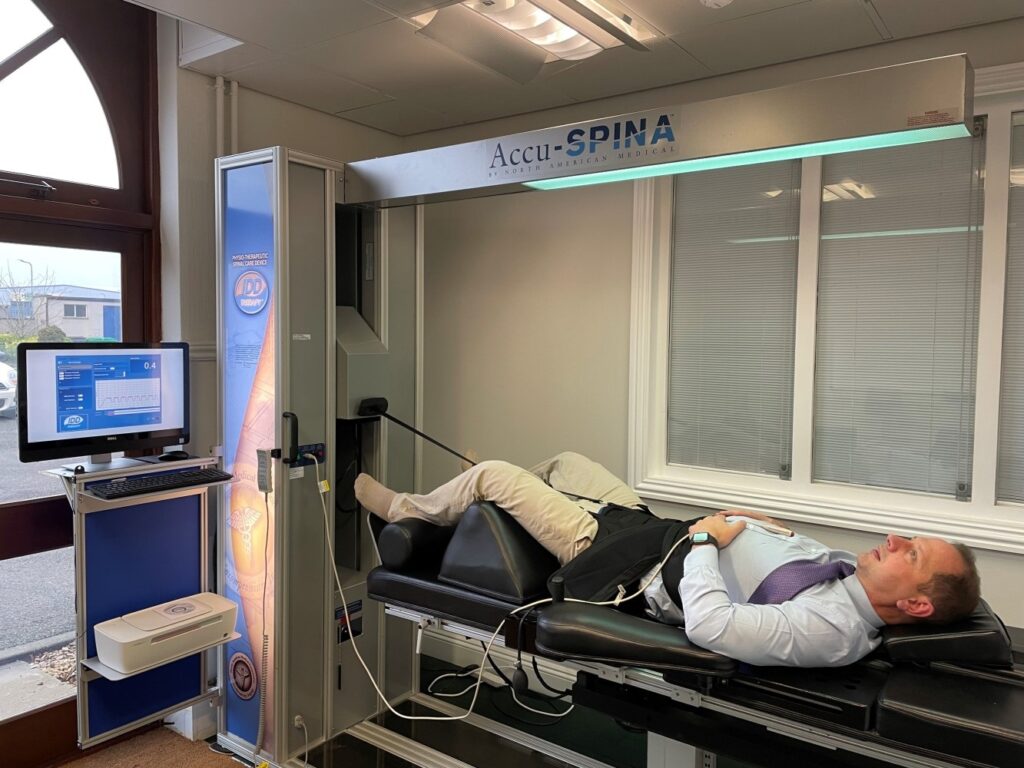
IDD Therapy helped to create the category of targeted spinal decompression. It is the only technology to combine targeted distraction with longitudinal joint mobilisation (through a unique and patented oscillation).
There are other tables out there and I’ll write about the key differences between the Accu SPINA and other machines in another article.
UK
Most clinics purchase their Accu SPINA via a lease. You pay a modest deposit to confirm the order and then roughly speaking, the finance cost is £800 a month.
This is for 60 months and at the end of that, you make a token payment £100 and you own the machine outright.
That asset is yours in the business.
£800 a month is £200 a week.
The average UK treatment price is £70-£80, billed as a 45 minute or one hour treatment.
So with one treatment per day you make a profit.
Five treatments per day is around £7,500 a month revenue. 12 treatments per day is over £15,000 per month.
Revenue calculator link below.
(Note – in this article I am talking purely money. The Accu SPINA is an investment. If you are a business owner and unless you have more money than you know what to do with, you need to know the numbers. For public medicine and outpatient physiotherapy, I will write separately).
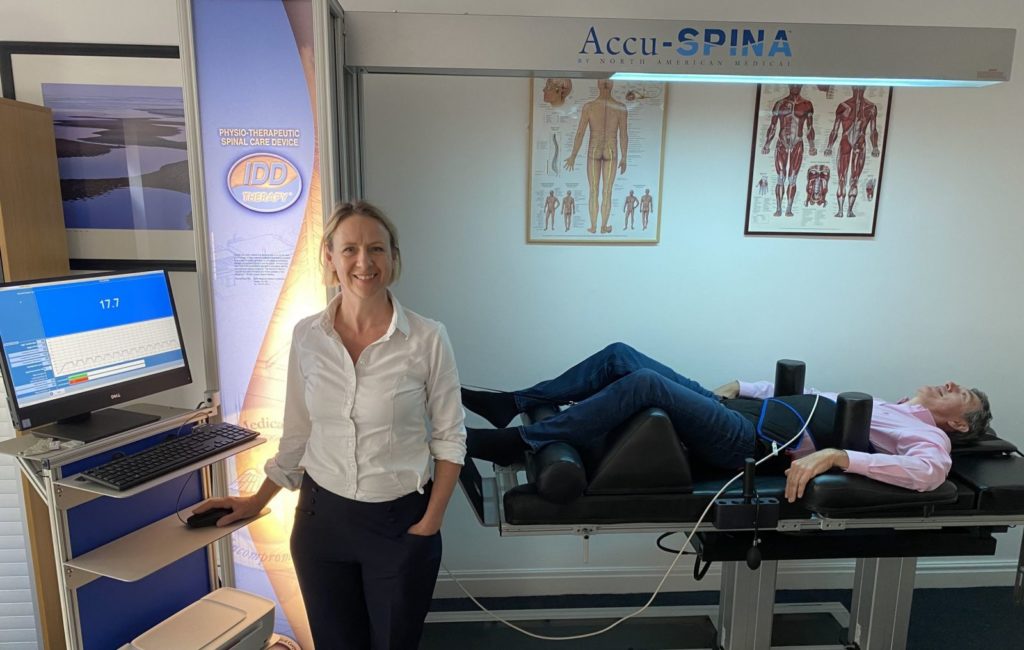
USA
Again, most clinics will purchase their Accu SPINA using finance. There is a deposit and then we aim to get the finance to around $1,000 a month for 60 months or $250 a week. You own your Accu SPINA at the end.
In the USA, average treatment prices vary.
I tend to work on an average of $150 per treatment, though it can go up to $200 or more and the lowest is perhaps $100 per treatment.
Five treatments per day generates $15,000 a month (5 x 20 days @ $150), 10 treatments is $30,000 a month.
Many clinics in America have more than one Accu SPINA or even multiple machines. Success builds on success(ful outcomes).
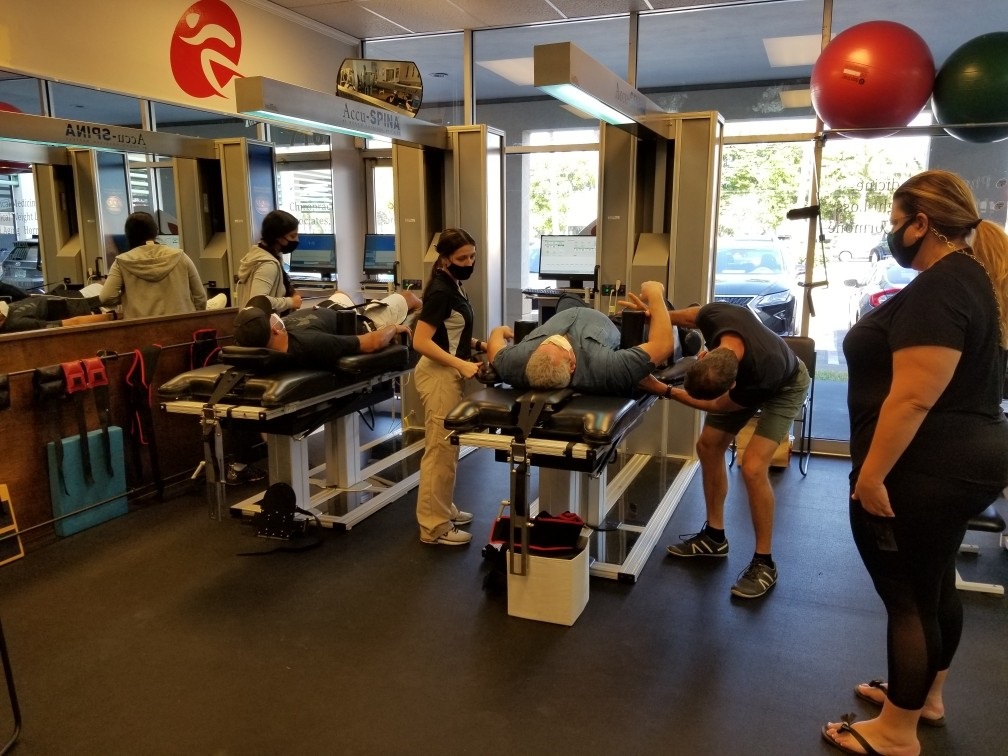
EUROPE
Most clinics will finance their Accu SPINA with a bank loan. They will put down a deposit and aim to get the finance to between Euro800 and Euro1,000 a month.
Similar numbers as above for treatments, price range from Euro60 to Euro90. So again, with a couple of a patients a month, you are making a profit, your ROI is greater than 100%.
Five treatments per day is Euro7-Euro8,000 per month. 10 treatments per day and you double that, ie over Euro100,000 per year.
INTERNATIONAL
The international business model depends on the country. A low cost country will tend to have lower operating costs and treatment prices are lower for reasons of affordability.
So a treatment might be $50, sometimes lower. One treatment per day in a 20 day average working month generates $1,000.
Let me know your country and I can give you the price and model.
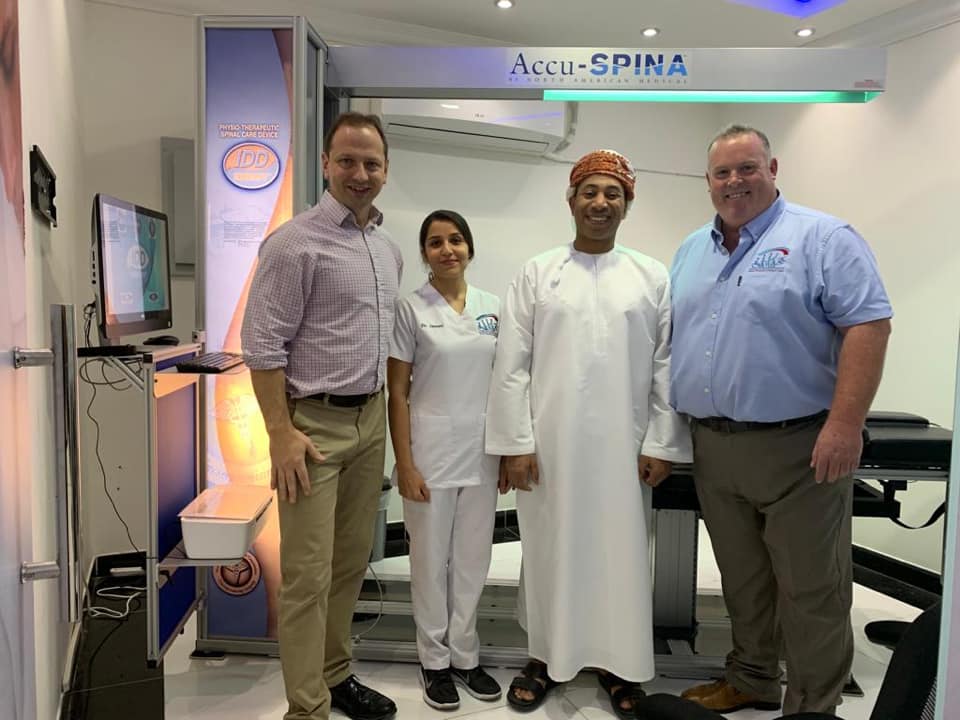
DEPOSITS
We know that cash sitting in the bank is losing value (interest rate – inflation rate = negative rate of return).
Some clinics prefer to pay the minimum deposit for the finance. This works and the clinic can then generate the new income stream for the business and be profitable with one treatment per day.
A clinic sitting on some excess cash can of course use some of that to increase the amount of their deposit. This lowers the monthly finance and thus they have greater monthly cash flow.
REVENUE MODEL
Below are links to the same revenue model. You don’t need to sign up, you can click the link and go straight to it. I am not hiding this.
A quick explanation how to use it. You can adjust the variables, click the menu bars to bring up the options.
UK £
https://iddtherapy.shinyapps.io/IDD_profitability/
US $
https://iddtherapy.shinyapps.io/IDD_profitability_dollar/
The variables you want to look at mainly are staff cost and treatment numbers. As you treat more patients, your machine cost per treatment goes down dramatically.
You may have self-employed associates or salaried staff. If you have self-employed associates, I can talk you through how this works in practice, because associates can really benefit from IDD – make more money and fill diary time – but they do not get half of the fee.
You can adjust the currency, the settings are defaulted to the £ and the UK and the second link is to the US$ and the USA. You can adjust to Euros or Swiss Francs
We don’t have every currency so wherever you are, you can convert, I look at www.xe.com to convert different currencies.
There are over 2,000 Accu SPINA systems in use globally delivering IDD Therapy spinal decompression.
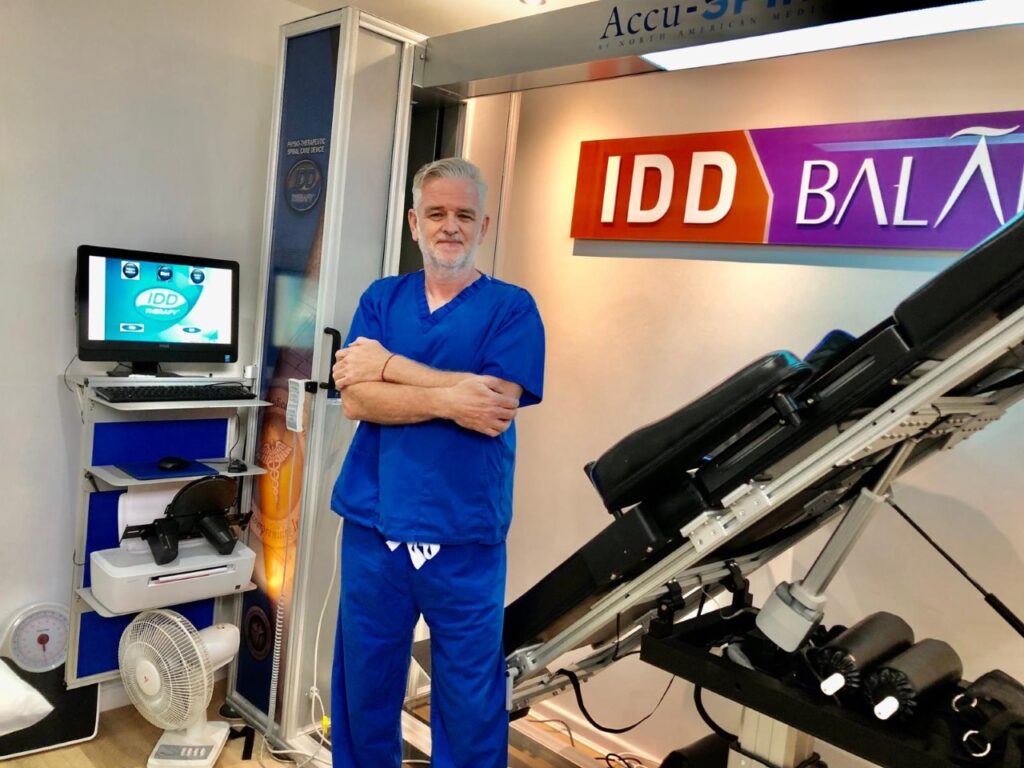
I will be writing more on what makes the Accu SPINA the leading spinal decompression device, as well as what makes spinal decompression different from traction, how to market your specialism etc
You can email me for the price, just let me know where you are based.
Or you can download a Prospectus which follows up with a treatment provision document clinics tell me they find really useful.
My email is stephen.small at steadfastclinics.co.uk I am based in the UK but work internationally and can get you a quotation wherever you are.
To download the prospectus, go here:
https://iddtherapy.co.uk/become-a-provider/
To connect with me on linkedin and see updates – I am here
https://www.linkedin.com/in/stephen-small-0b404718/
I hope this helped.


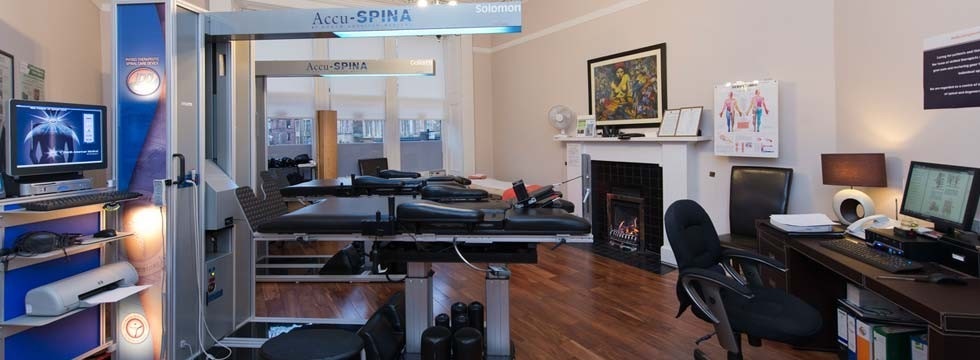
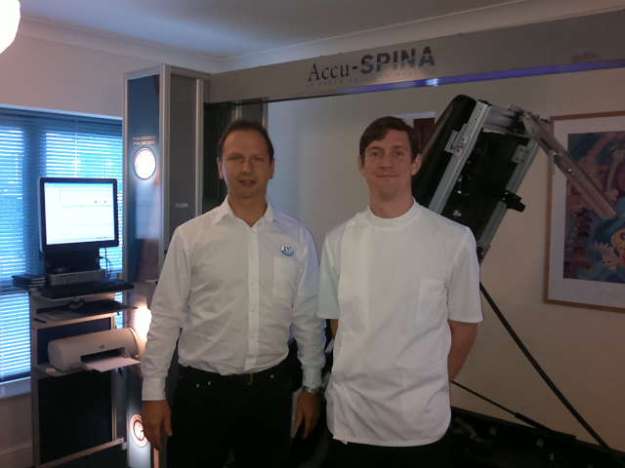
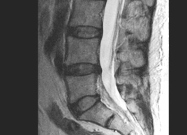
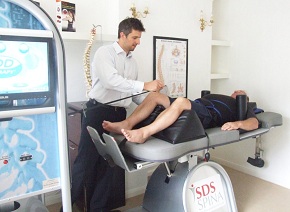
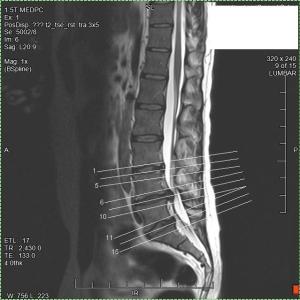
![decompression[1]](http://steadfastclinics.files.wordpress.com/2013/02/decompression1.jpg?w=300)



